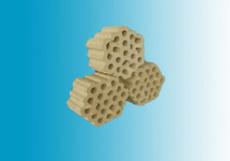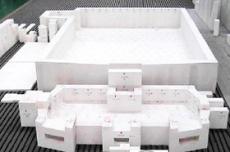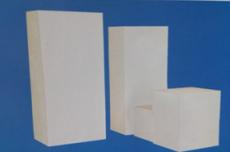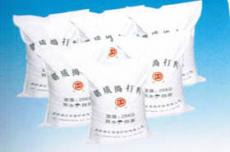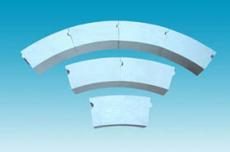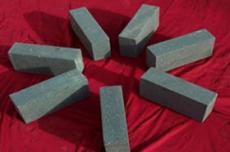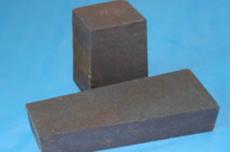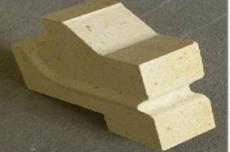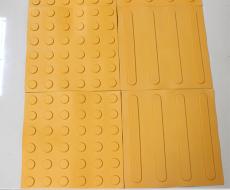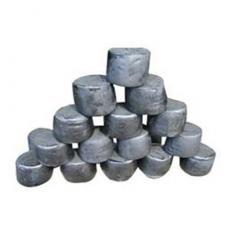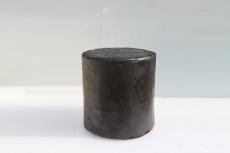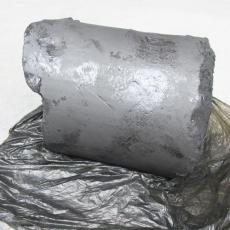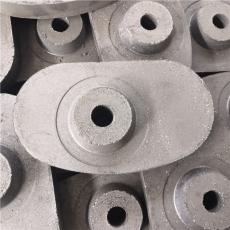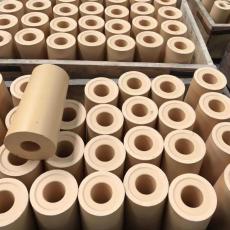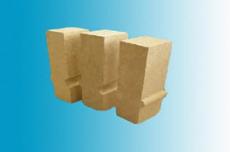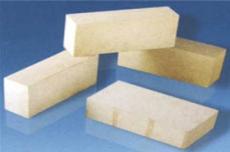
In the winter construction of corundum-mullite concrete, special maintenance measures must be taken to ensure the construction quality, because the low temperature will have a negative effect on the solidification and hardening process of the material. The specific requirements are as follows: Construction of a heated hangar: A heated hangar should be built at the construction site and the entire construction area should be enclosed to stabilize the temperature inside. The warm hangar can be built from steel pipes, color steel plates and other materials so that the structure is durable and can withstand wind and snow. In a heated hangar, sufficient heating equipment such as heaters and furnaces should be installed to maintain the temperature inside the hangar at 5°C or higher, preferably in the range of 10-20°C.
Preheating of heating and insulation: The raw materials and water of corundum-mullite concrete should be preheated before mixing. The aggregate can be heated by steam or preheated in a warm shed in advance to increase the temperature. The water can be heated to 30-60 °C, but care should be taken to avoid excessive water temperature, which will cause the cement to solidify incorrectly.
Insulation after casting: After casting, the concrete surface should be immediately covered with several layers of insulation materials such as mineral wool blankets, felt, etc. to reduce heat loss. In important areas or when the amount of concrete is large, heating elements such as electric heating wires can be embedded inside as auxiliary heating or maintenance, so that the internal temperature can be raised evenly and the setting and hardening of concrete can be promoted.
Humidity control: Although the air is dry in winter, attention should be paid to maintaining a certain humidity because the temperature inside the greenhouse is high and moisture is easy to evaporate. Humidity can be increased by placing a water basin in the greenhouse to allow water to evaporate naturally. The concrete surface can also be watered regularly, but care should be taken to control the amount of water spraying to prevent surface water from accumulating.
Extended curing time: Because the setting and hardening speed of concrete is slow at low temperatures, the curing time should be extended accordingly in winter construction. Usually, the hardening time takes 2 to 3 days longer than when building at normal temperature. The specific time can be determined experimentally based on the requirements for using concrete and the actual temperature conditions. During the maintenance period, the temperature and moisture content of the concrete should be checked and recorded regularly.
Preventing damage caused by frost: Pay close attention to the changes in ambient temperature throughout the maintenance process to prevent concrete from freezing due to low temperatures in the greenhouse. At the same time, avoid contact with cold water until the concrete is fully hardened, to prevent damage to the concrete structure caused by freezing of cold water. When signs of concrete freezing are detected, timely measures should be taken to eliminate freezing, such as installing additional heating devices to increase the temperature or covering the frozen parts to insulate them.
